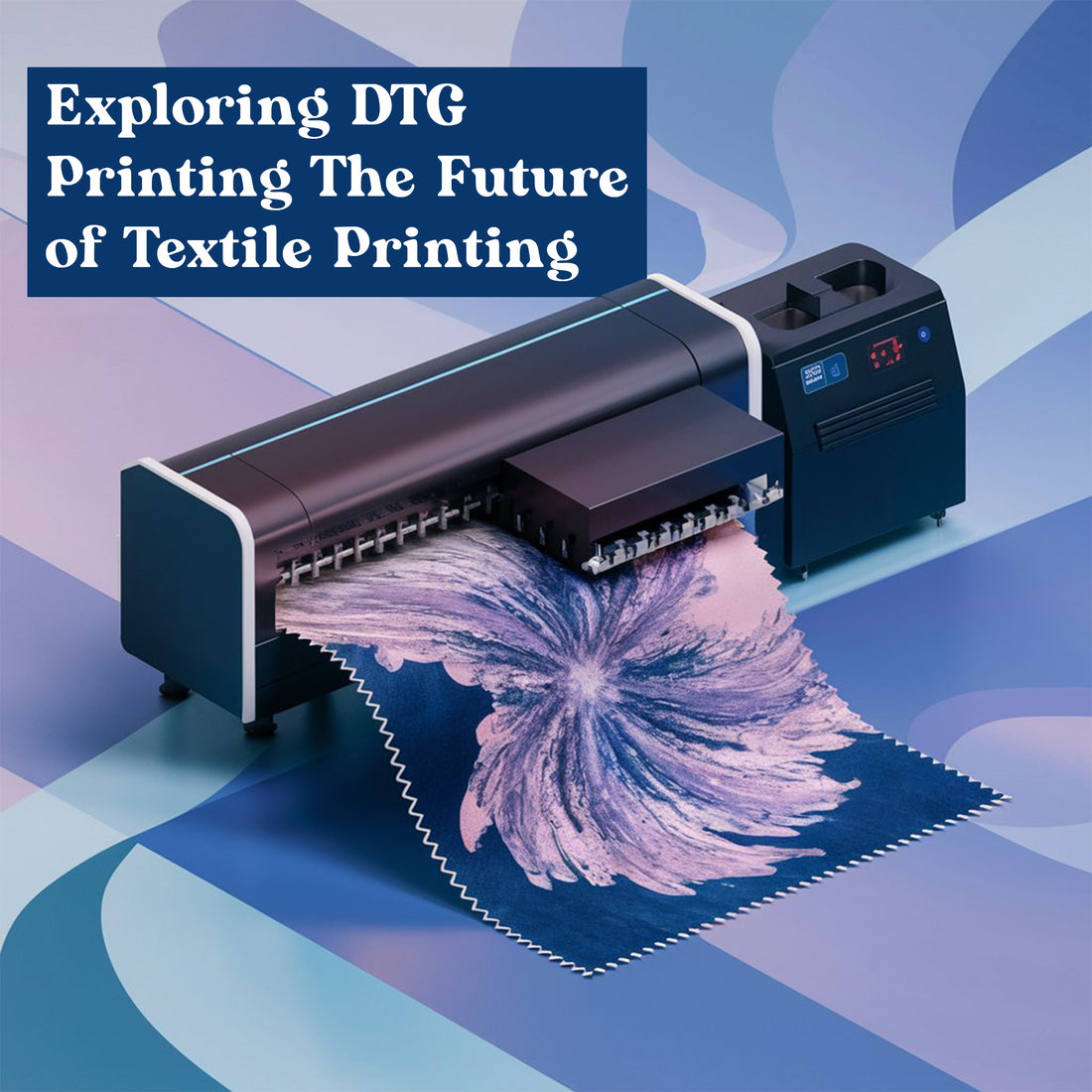
Exploring DTG Printing: The Future of Textile Printing
Share
Direct to Garment (DTG) printing has revolutionized the textile industry with its ability to produce high-quality prints directly onto fabrics. In this blog, we will delve into the specifics of DTG printing, its advantages, and why it’s becoming a preferred choice for custom apparel.
What is DTG Printing?
DTG printing is a process where a printer directly applies water-based inks to the fabric using inkjet technology. The ink soaks into the fibers of the garment, resulting in a soft and durable print.
How DTG Printing Works
- Design Preparation: The artwork is prepared and adjusted for printing using specialized software.
- Pre-Treatment: The fabric is pre-treated with a solution to ensure the ink adheres properly and the colors remain vibrant.
- Printing: The garment is placed in the DTG printer, where the design is printed directly onto the fabric.
- Curing: The printed garment is cured using heat to set the ink and make the print durable.
Advantages of DTG Printing
1. High-Quality Prints DTG printing produces high-resolution images with intricate details and a wide color gamut. This makes it ideal for complex designs and photorealistic images.
2. No Minimum Order Quantity Unlike traditional screen printing, DTG does not require screens, making it cost-effective for small orders and one-off custom designs.
3. Eco-Friendly DTG uses water-based inks, which are more environmentally friendly than the plastisol inks used in screen printing.
4. Quick Turnaround With minimal setup time, DTG printing offers fast production times, making it perfect for on-demand printing and short runs.
Ideal Applications for DTG Printing
- Custom T-Shirts: Perfect for personalized and small-batch t-shirt printing.
- Fashion Brands: Ideal for producing high-quality, detailed prints on various garments.
- Event Merchandise: Great for creating unique items for events and promotions.
- Online Retailers: Suitable for print-on-demand services, reducing inventory risks.
